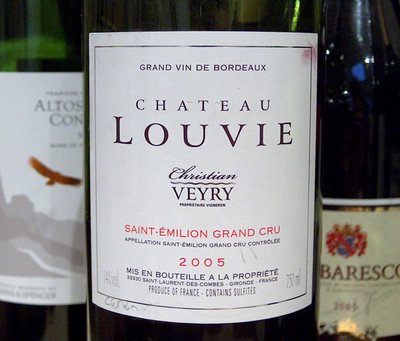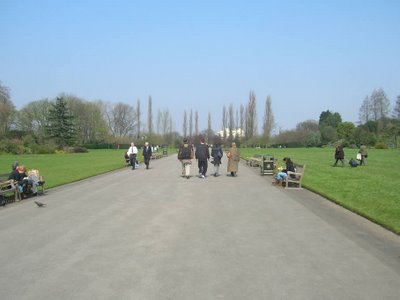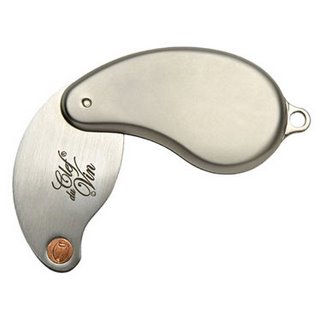Bottle variation spoils fine wine
Old wines can be fantastic. But they can also be appalling disappointments. Often, people put on a brave face when a 'great' wine is opened and it turns out to be mediocre, but it is more common that it should be.
The reason for these disappointments? Provenance and bottle variation, the besetting sins of fine wine.
Provenance refers to the history of an old bottle: how it has been stored. Wine is sensitive to high temperatures, and also temperature variation. Often during shipping, it exposed to both. And unless a wine is cellared well, it won't age gracefully. If you open a heat-exposed bottle just after it has been abused, you might not spot the difference. But time reveals the truth: that bottle likely won't age well after an early insult.
Wine can be heat damaged without the cork popping out, or leakage.
Bottle variation is largely the responsibility of the cork. Corks differ slightly in their oxygen transmission levels. Over five years you might not spot too much difference, but after 20, all the bottles in the same case will be slightly different. The ullage (fill level) is an indicator of this. However, there's more to the condition of wine than ullage.
It's really frustrating, and even small differences in how wines are stored or how good a seal the cork makes will be exaggerated over time. You get to the point where when people talk about a great wine, such as Palmer 61, they have to qualify their notes by whether they got to taste a good, middling or poor bottle.
And we haven't even considered the issue of authenticity...
Labels: wine ageing



 The web log of wine journalist Jamie Goode. Feel free to nose around; your comments are welcome
The web log of wine journalist Jamie Goode. Feel free to nose around; your comments are welcome 
